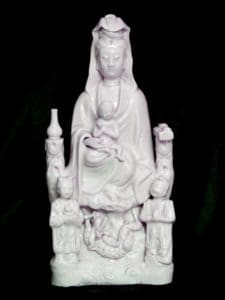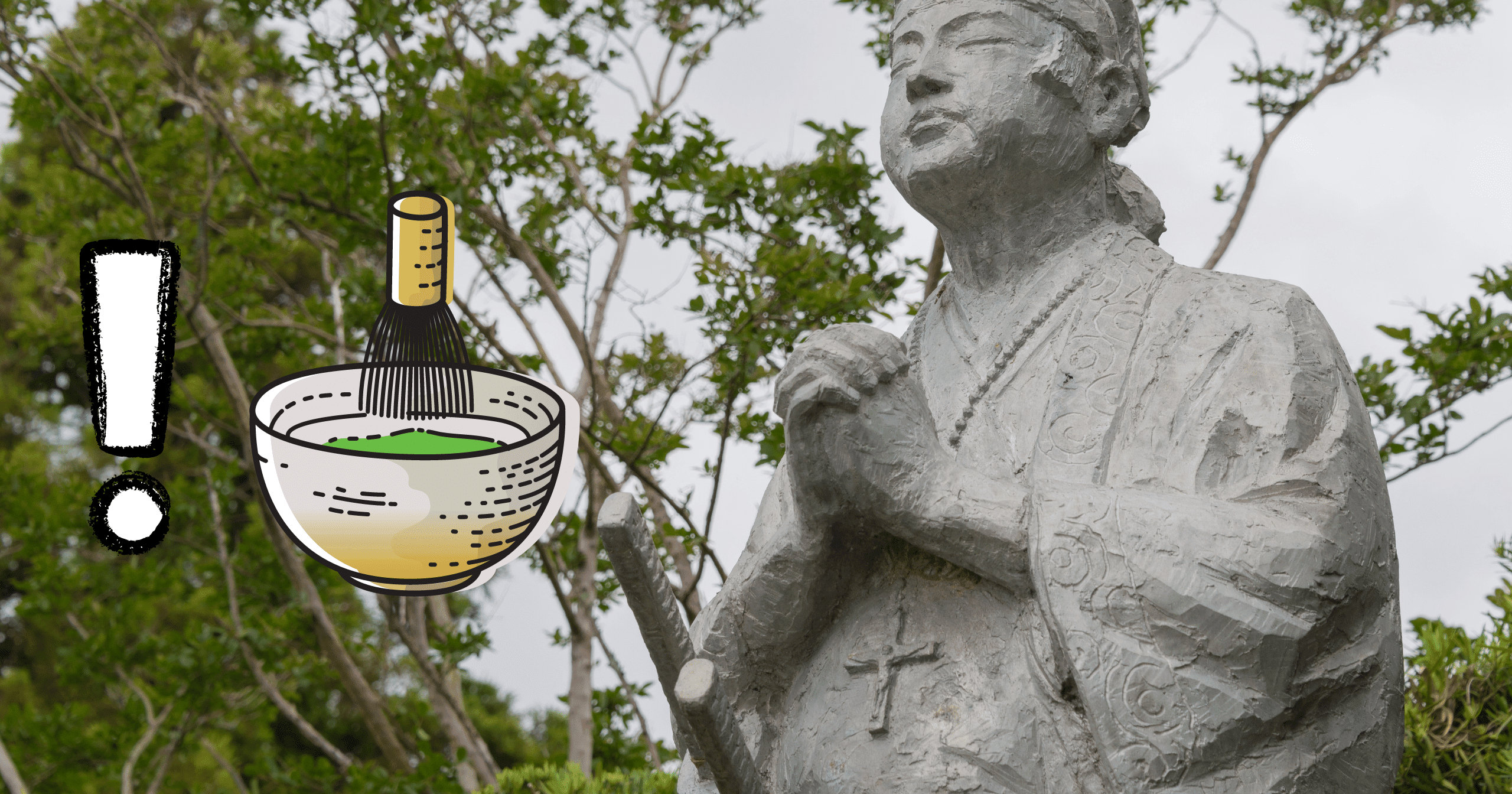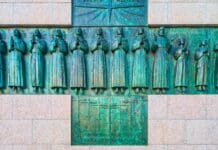Did you know the Church has a rich history with tea? In fact, Yerba Maté is known as the “Elixir of the Jesuits,” and all tea is secretly named after a Catholic priest!
But would you be surprised to learn tea was responsible for the survival of the Church for hundreds of years in Japan?
When Catholicism went underground in the early 17th century during religious persecution by the Tokugawa shogunate, the faithful found ways to practice their Faith in hiding. They called themselves Kakure kirishitan, meaning hidden Christians.
For example, depictions of Mary were modelled after the Buddhist goddess of mercy, known as “Maria Kannon.”

Prayers were also adapted to sound like Buddhist chant, while the Bible and liturgy was passed down orally as printed works would be confiscated.
But what’s perhaps most interesting of all is how the tea ceremony was used to celebrate the Mass, and influence that’s still present today. The book In Search of Japan’s Hidden Christians: A Story of Suppression, Secrecy and Survival by John Dougill dives into the hidden connection!
“It’s been said that perfecting the tea ceremony Rikyu was influenced by the Catholic Mass, an assertion that at first seems ridiculous given the ceremony’s quintessential Japaneseness. Yet Christians were active in the circles in which Rikyu mixed, and at least two of his Seven Disciples were converts (his wife and daughter, too, it’s rumored). A modern-day descendant of the tea master, Sen Soshitsu, has argued persuasively for the Catholic influence, and once the connection is pointed out the similarities are striking. Raising the tea to head height as a token of respect, for instance, and wiping the bowl after drinking with a white cloth. There is indeed in the whole ritual a sense of two or three gathering together in spiritual union. Could the okashi (Japanese confectionery) that accompanies the green tea have been inspired by the wafer that accompanies wine in the Mass? Food for thought, indeed…”
How was the tea ceremony used to celebrate the Mass in secret? Karen Anderson from Crisis Magazine elaborates:
“If an observer wandering through a 17th century Japanese garden came upon a tea ceremony being offered in a simple tea house he would see the event in silhouette through the rice paper walls. Because the actions are so similar, he would not be able to distinguish it from the consecration at a Mass. And, as you might guess, during the Christian persecutions in Japan that followed, Masses were secretly offered in tea houses. Partly because of this, the Catholic faith in Japan survived underground for the next two hundred years.”
After the ban on Christianity was lifted in 1873, the majority of the hidden Christians simply returned to the Church and practiced their Faith in public. They left behind a hidden heritage that is pervasive in Japanese culture today.
In 2018, 12 “Hidden Christian Sites in the Nagasaki Region” were named to the UNESCO World Heritage List. Late Prime Minister Shinzo Abe of Japan said these sights, including castle ruins, churches, and villages, “convey the ‘shape’ of a faith that is unique to Japan and they are truly unparalleled worldwide as heritage of humankind.”
So there you have it – next time you have a cuppa, thank the Apostle of Japan Saint Francis Xavier for bringing the Faith to Japan, and tea for it’s survival!
Photo credit: Public Domain via Wikimedia Commons | Editorial credit: beibaoke / Shutterstock.com

















